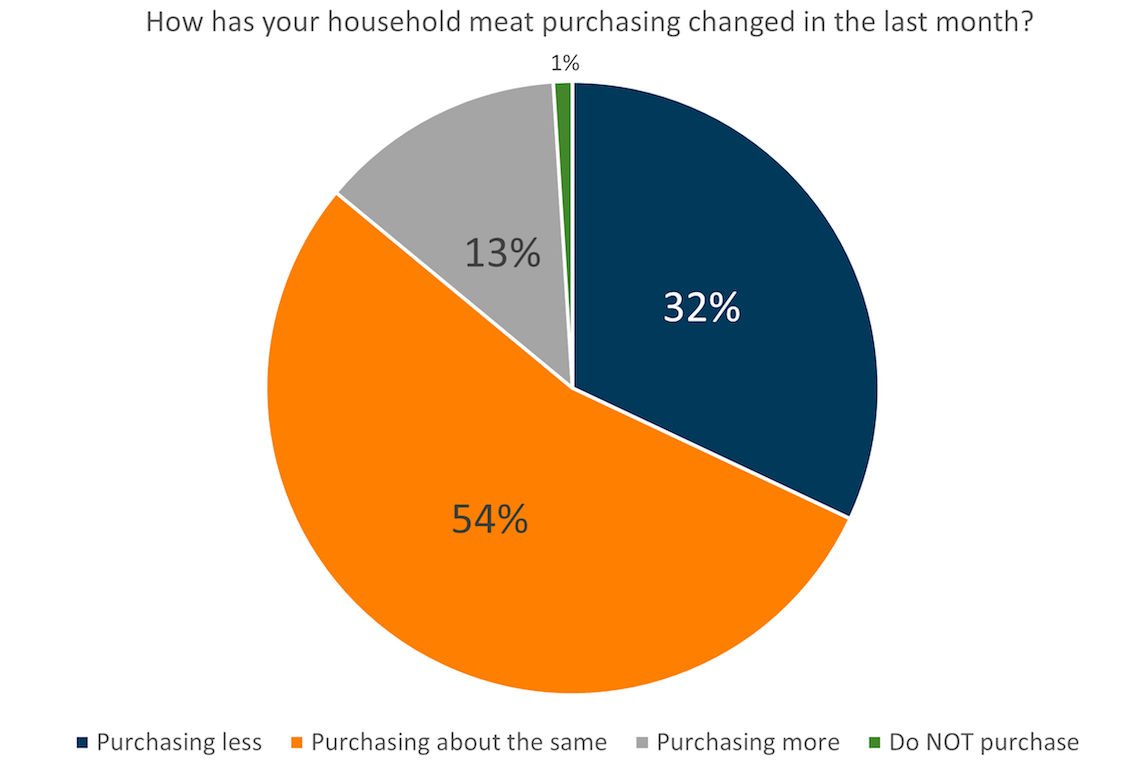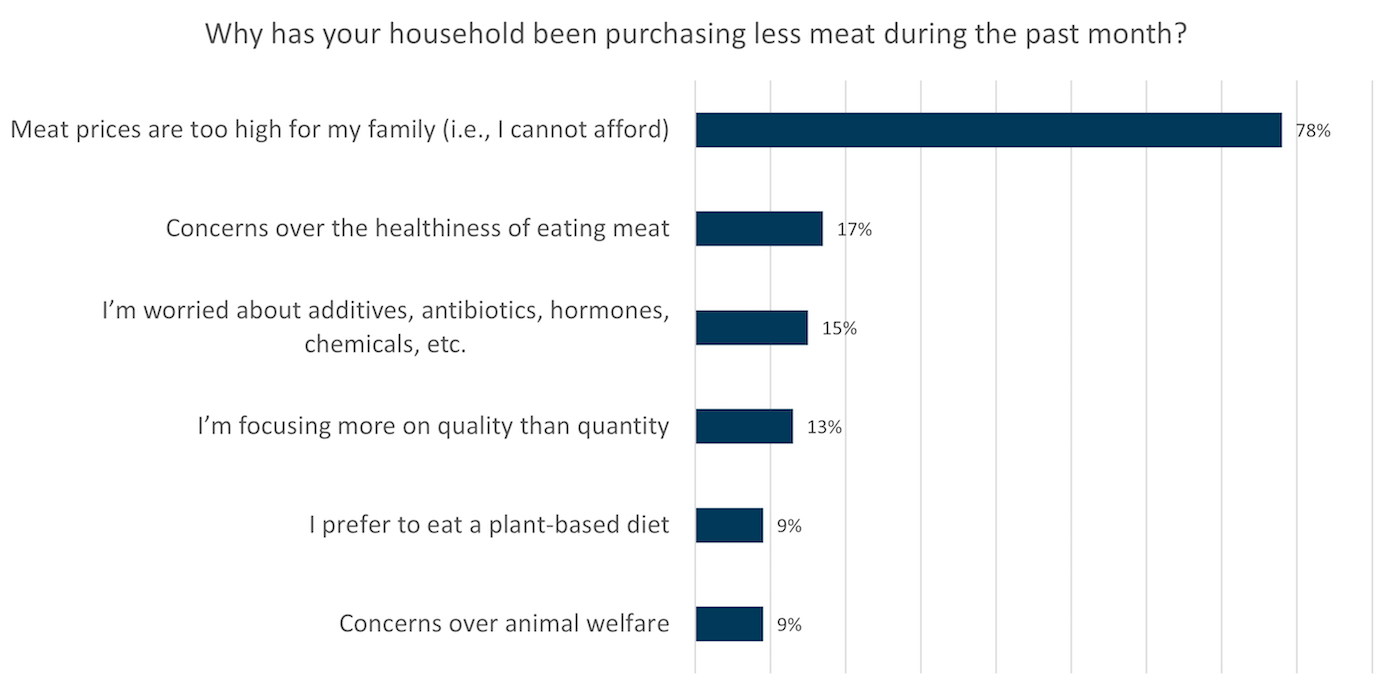How Are Drivers Coping with Record-High Gas Prices? Buying Less Steak
Drovers 051922
Drivers in every state are now seeing gas prices above $4 a gallon for the first time ever, and with the average price of gasoline posting another new record Thursday, it’s already causing shoppers to change what they are buying at the grocery store.
Data from AAA shows the average price for a gallon of gas is above $4 a gallon in all states across the country. The record comes as the national average for gas reached $4.523 a gallon, the highest recorded average price.
According to the data, gasoline prices across the country currently stand at:
- $4.064 a gallon in Georgia, up from $3.996 Monday
- In Kansas, the average cost per gallon was $4.006, up from $3.986.
- The highest price is in California, where the average price per gallon of gas was $6.021.
Considering it's just now the start of the summer driving season, prices aren't expected to drop anytime soon, and those added costs could impact what consumers purchase at the grocery store.

Midan Marketing recently surveyed consumers earlier this year and found 55% of shoppers were already changing their shopping habits due to inflation and rising costs.
Danette Amstein says consumers aren’t shying away from the meat together all together, instead, many are opting for less expensive items like hamburger meat instead of pricier cuts of steak.
"We have consumers that are feeling the real tight crunch of the wallet, and what they're doing is they're trading down," she says. "They're staying in meat right now, they haven't traded out. We don't want them to leave me, but they're trading down to least less expensive items."
On the other hand, she says there is a group of shoppers who are still demanding the higher value and priced cuts of meat.
"We also have a small segment of of our economy of consumers that are still doing well and not feeling that pinch, and they're buying the premium items," says Amstein. "What you're seeing is this divergence of most of us looking, 'Okay, that might look more expensive than last time. And so I'm going to look at some other options here beside it.' But we've also see steaks doing well, we see USDA prime cuts doing well."
What Happened in 2008/2009?
Amstein says during the recession in 2008/2009, consumer didn’t give up meat all together either. She says there was a small dip in overall red meat consumption, but the majority of shoppers continued to splurge on steak and other higher-priced meat items, just less frequently, like on the weekends.
"We saw the shift in what people were eating and more things being grounded, so more ground beef being served," she says. Consumers want to eat meat, it has a valuable place on on the plate, they just may shift down to what they're eating. And then maybe come the weekend, they may shift up to items like steak. We're still going to sell the whole animal because we've got to sell the whole animal. It's a perishable commodity. So we'll see prices moving with that as well to help accomplish that."

The Midan Marketing survey also found consumers are less concerned about animal welfare and sustainability and more concerned about the affordability of meat.
Demand at Retail Remains High
Grocery demand seems to be holding strong, which may be because food items at grocery stores are seeing higher price increases than restaurants.
The latest Consumer Price Index (CPI) rose 8.3% in April. Food prices rose 9.4%, which includes 7.2% at restaurants. But at grocers, prices are up 10.8%. this may cause some consumers to dine out instead of eating at home since the gap between the two is 3.5%.







